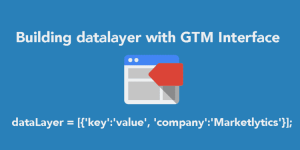Are you looking to setup google analytics in Magento? Not sure of using the perfect plugin? In this article, I will show you how to setup google analytics in magento, will show some standard dashboards & reports and also setting up tracking for checkout steps.
Setting Up Google Analytics
If you are new to google analytics, the first thing is to sign up for a google analytics account. Otherwise, sign in to your google analytics account.
Enable Ecommerce Settings
The second step is to enable the ecommerce settings in google analytics. Follow the steps below:
-
Login to your google analytics account.
-
Click on admin and then click on ecommerce settings.
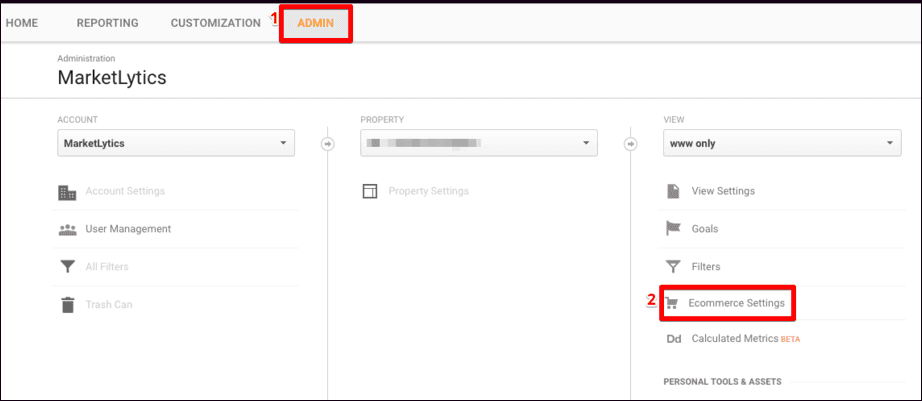
ecommere settings
-
Inside the ecommerce settings, enable ecommerce and enhanced ecommerce reporting toggles and click submit.
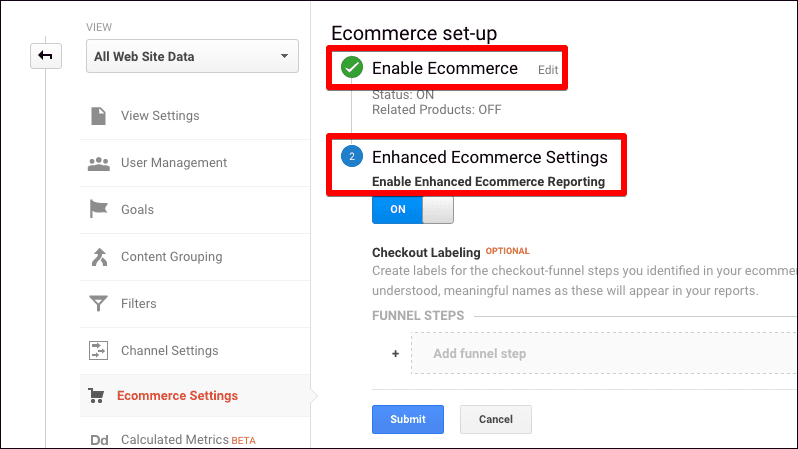
enable ecommerce analytics
Connecting Analytics With Magento
The third step is to connect your analytics account with magento store. To do this, you would need to copy your analytics tracking id and paste into magento dashboard. Follow the steps below to get this done easily.
In your google analytics account, navigate to admin >> property >> property >> settings and copy the tracking id.
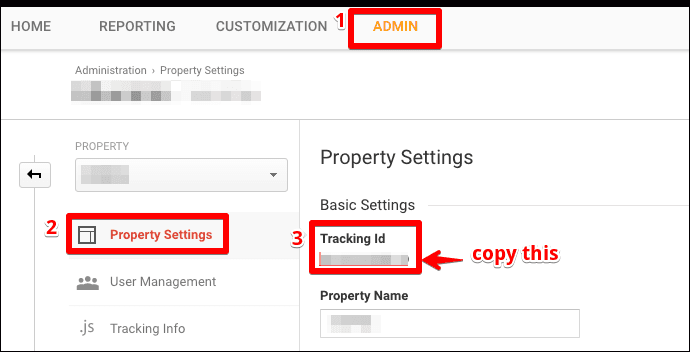
analytics tracking id
After copying the analytics tracking id, open your magento dashboard andnavigate to System >> Configuration >> Google API.
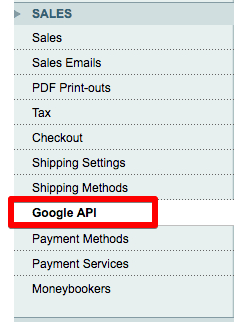
magento aalytics settings
Inside the Google API window, from the type drop down menu, select google analytics and enter the tracking id into the Account Number field. Finally, click on the save config button.

paste tracking id
Verifying Setup
To verify the successful installation of google analytics in magento, open your magento site in a new tab and view real time reports in your google analytics reporting tab.
Google Analytics Extensions for Magento
The previous process for integrating google analytics in magento is the simplest and safest process and is mostly done by non-technical and less experienced people.
If you want to go beyond the standard features and gain a deeper insight into your store performance, below are few popular extensions for magento in terms of ratings and reviews.
1. Google Universal Analytics is the top popular and rated(4/5) analytics extension for magento. The main features of this extensions are:
-
Adds remarketing
-
Add funnel setup for checkout
2. Fooman Google Analytics+ is the second most rated(3.9/5) and most reviewed extension for magento. The main features included in this extension are:
-
Support google universal analytics
-
Create the sales funnel to track each step in the checkout process.
-
Track adwords conversions
3. Google Analytics Enhanced Ecommerce for Magento is another popular google analytics extension for magento with a user rating of 3.6/5. This extension supports:
-
Shopping behavior report
-
Checkout behavior report
- Product performance report
Use Magento Extensions or not?
According to the magento users and experts, using analytics extension can cause some issues. This extension sometimes is incompatible with few magento themes and other extensions.
The other important thing to understand is installing more plugins can slow down your site speed. By understanding all the risks of using extensions, the big point is you are getting more advanced reports without writing complex codes.
Google Analytics dashboards & reports for Magento
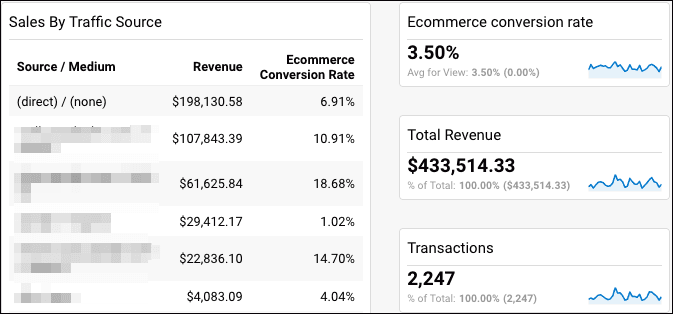
analytics dashboard for magento
To help you set up thing in google analytics easily, I have provided some standard google analytics dashboard and reports for your magento report. The dashboard and reports include:
-
Transaction Reports (custom report)
-
Product Performance (custom report)
- Ecommerce (dashboard)
Extending setup
Configuring google analytics in magento isn’t enough. You would want to track visitors and the behavior they show while purchasing any product.
a. Setting up tracking for checkout steps
Tracking checkout steps are important to know where the users drop out in the purchase funnel.
To track onepage checkout and checkout steps go through the article. Tracking onepage checkout abandonment using google analytics.
b. consider scroll tracking
This can be used to see engagement with content or generally how interested people are and where you may want to place your call to actions. You can track the percentage of visitors who see the call to action and if you consider moving it up higher.
Google analytics is a must have for every website, especially on ecommerce sites. Hopefully, this helps you get a clearer insight into the sales process. If you have any questions please let me know in the comments and if this helped you please share within your circles.






